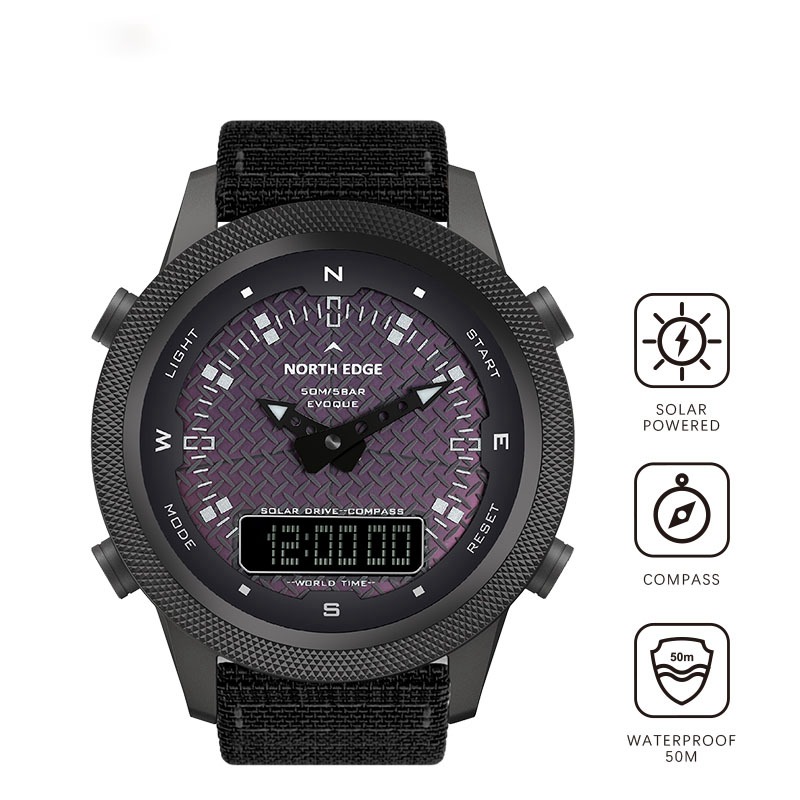This paper examines how walkie-talkies function independently of cellular networks and Wi-Fi infrastructure, exploring their technical principles, capabilities, and limitations. We analyze their operational mechanism and discuss why they remain valuable communication tools in various scenarios.
1. Introduction:
Walkie-talkies, also known as two-way radios, provide direct point-to-point or point-to-multipoint communication without relying on external infrastructure. This independence makes them crucial for emergency situations, remote locations, and professional applications.
2. Technical Principles:
2.1 Radio Frequency Communication:
Operates using radio waves (typically VHF or UHF bands)
Direct transmission between devices
No intermediate infrastructure required
Uses frequency modulation (FM) for voice transmission
2.2 Frequency Bands:
FRS (Family Radio Service): 462-467 MHz
GMRS (General Mobile Radio Service): 462-467 MHz
PMR446 (Europe): 446 MHz
Marine bands: 156-162 MHz
Operational Characteristics:
3.1 Power Source:
Battery-powered operation
Complete independence from external power infrastructure
Various battery options (replaceable, rechargeable)
3.2 Range Capabilities:
Typical consumer models: 1-5 miles
Professional models: up to 30+ miles
Dependent on:
Terrain
Weather conditions
Antenna height
Power output
Environmental interference
4. Advantages:
4.1 Independence:
No reliance on cellular networks
No monthly service fees
No internet connectivity required
Immediate communication capability
4.2 Reliability:
Simple, robust technology
Few points of failure
Consistent performance in various conditions
Long battery life
5. Limitations:
5.1 Range Constraints:
Limited by line of sight
Affected by physical obstacles
Range decreases in urban environments
5.2 Communication Quality:
Potential for interference
Voice-only communication
Half-duplex operation
Limited privacy
6. Applications:
6.1 Professional Use:
Emergency services
Construction sites
Security personnel
Event management
Maritime operations
6.2 Recreational Use:
Outdoor activities
Hunting and fishing
Family activities
Travel groups
7.Regulatory Considerations:
7.1 Licensing Requirements:
FRS: No license required
GMRS: License required in some countries
Professional bands: Specific licenses needed
7.2 Power Output Restrictions:
Varies by country and frequency band
Typically 0.5-5 watts for consumer models
Higher power allowed for licensed users(such as our high power 100w two way radio KT-780Plus)

8.Future Developments:
8.1 Technology Integration:
Digital signal processing
GPS integration
Bluetooth connectivity
Enhanced encryption
8.2 Emerging Applications:
Integration with IoT networks
Advanced emergency features
Improved power efficiency
Conclusion:
Walkie-talkies demonstrate remarkable utility through their ability to operate independently of cellular and Wi-Fi networks. Their simplicity, reliability, and infrastructure-free operation make them invaluable tools for various applications, from professional use to recreational activities.














